Mastering DevOps: Strategies to Overcome the Toughest Implementation Challenges
DevOps has become the go-to approach for modern software development and deployment. It promises faster delivery, enhanced collaboration, and improved product quality. However, implementing DevOps is not without its challenges. Organizations often face hurdles that can impede their progress and hinder the successful adoption of DevOps practices. In this blog post, we will explore some of the toughest implementation challenges faced during DevOps journeys and discuss strategies to overcome them.
Challenge 1
Cultural Resistance to Change One of the most significant hurdles in DevOps implementation is the resistance to change from team members and stakeholders. Developers, operations personnel, and management may be comfortable with traditional siloed approaches, making it difficult to embrace a collaborative DevOps culture.
Solution
- Foster a culture of collaboration: Encourage cross-functional collaboration, promote transparency, and facilitate knowledge sharing among teams.
- Start small and show results: Implement DevOps practices gradually, demonstrating tangible benefits and success stories to gain buy-in from skeptics.
- Provide training and support: Offer comprehensive training programs to upskill team members in DevOps principles, tools, and techniques.
Challenge 2
Toolchain Integration and Complexity DevOps relies heavily on a wide range of tools for various stages of the software development lifecycle. Integrating these tools effectively and managing their complexity can be a significant challenge.
Solution
- Choose the right tools: Evaluate and select tools that align with your specific requirements and integrate well with each other.
- Automate toolchain integration: Leverage automation and configuration management tools like Jenkins or GitLab CI/CD to streamline tool integration and minimize manual effort.
- Implement a centralized dashboard: Utilize a dashboard or orchestration tool like Kubernetes or Docker Swarm to manage and monitor the entire toolchain from a single interface.
Challenge 3
Security and Compliance Ensuring security and compliance in a DevOps environment is a critical challenge. Traditional security practices may not seamlessly integrate with the fast-paced, automated nature of DevOps pipelines.
Solution:
- Implement security as code: Embed security practices into the development and deployment process by using tools like static code analysis, vulnerability scanning, and infrastructure-as-code security frameworks.
- Perform regular security audits: Conduct regular security assessments and penetration testing to identify vulnerabilities and proactively address them.
- Collaborate with security teams: Foster collaboration between development, operations, and security teams to establish shared responsibility for security and compliance.
Challenge 4
Continuous Monitoring and Feedback Monitoring and feedback play a vital role in DevOps to ensure the continuous improvement of processes and products. However, setting up an effective monitoring system and utilizing feedback can be challenging.
Solution
- Define meaningful metrics: Identify key performance indicators (KPIs) that align with your business goals and track them using monitoring tools like Prometheus or ELK stack.
- Implement automated feedback loops: Integrate automated testing, quality gates, and user feedback mechanisms into the deployment pipeline to provide rapid feedback on code quality and performance.
- Encourage a blameless culture: Foster an environment where individuals are encouraged to share and learn from failures, enabling continuous learning and improvement.
Challenge 5
Scalability and Infrastructure Management As DevOps focuses on agility and scalability, managing infrastructure and ensuring seamless scalability becomes crucial. Provisioning and managing infrastructure resources efficiently can pose significant challenges.
Solution
- Embrace infrastructure as code (IaC): Use tools like Terraform or AWS CloudFormation to define infrastructure as code, enabling automated provisioning and configuration management.
- Leverage cloud and containerization: Adopt cloud services and containerization platforms like AWS or Kubernetes to achieve elastic scalability and simplify infrastructure management.
- Implement auto-scaling and load balancing: Utilize auto-scaling groups and load balancers to dynamically adjust resources based on demand and ensure high availability.
Conclusion
While implementing DevOps can be challenging, organizations can overcome these hurdles with the right strategies and practices. By addressing cultural resistance, streamlining toolchain integration, prioritizing security and compliance, focusing on continuous monitoring and feedback, and mastering infrastructure management, organizations can unlock the true potential of DevOps. Embracing these strategies will enable teams to build a robust DevOps culture, streamline processes, enhance collaboration, and achieve faster and more reliable software delivery in the long run.
Remember, DevOps is a continuous journey of learning and improvement. By persistently addressing challenges and refining practices, organizations can truly master DevOps and reap its substantial benefits.


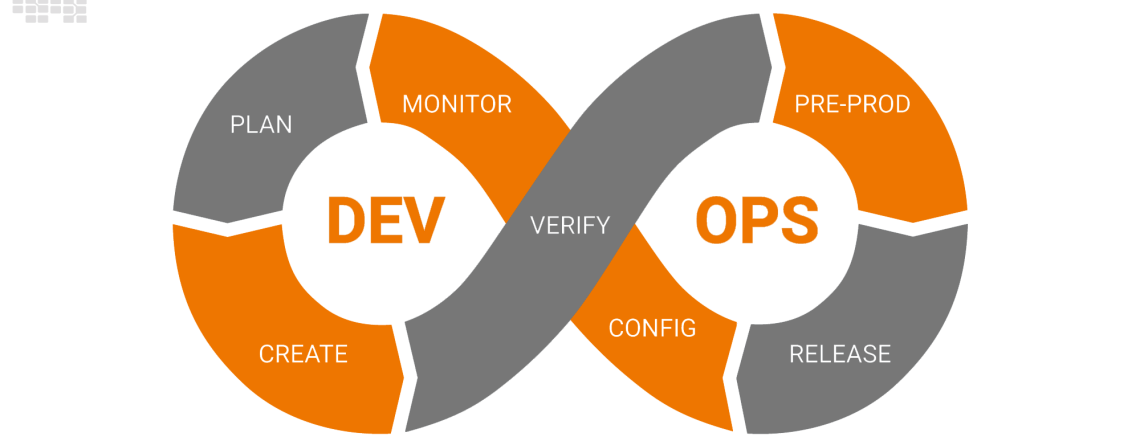
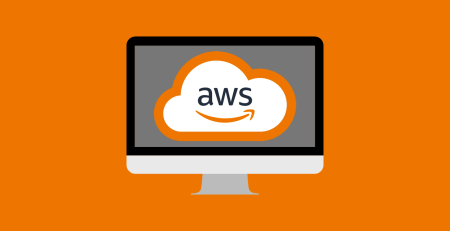

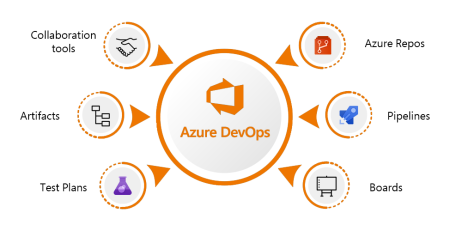
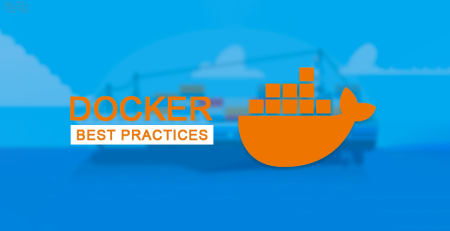
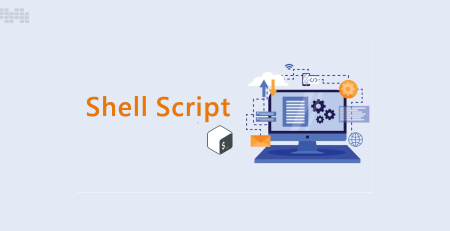
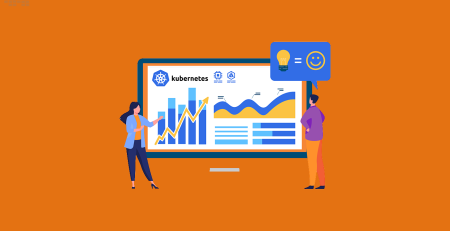

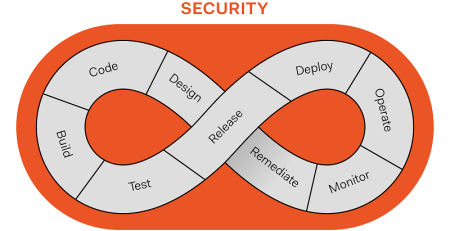
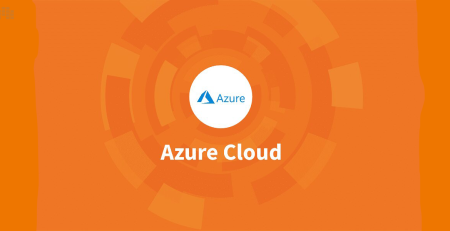
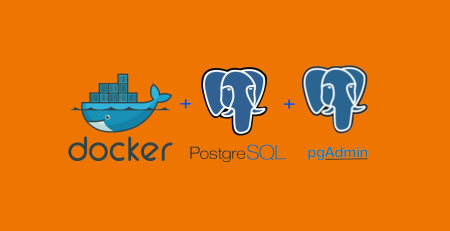
Leave a Reply